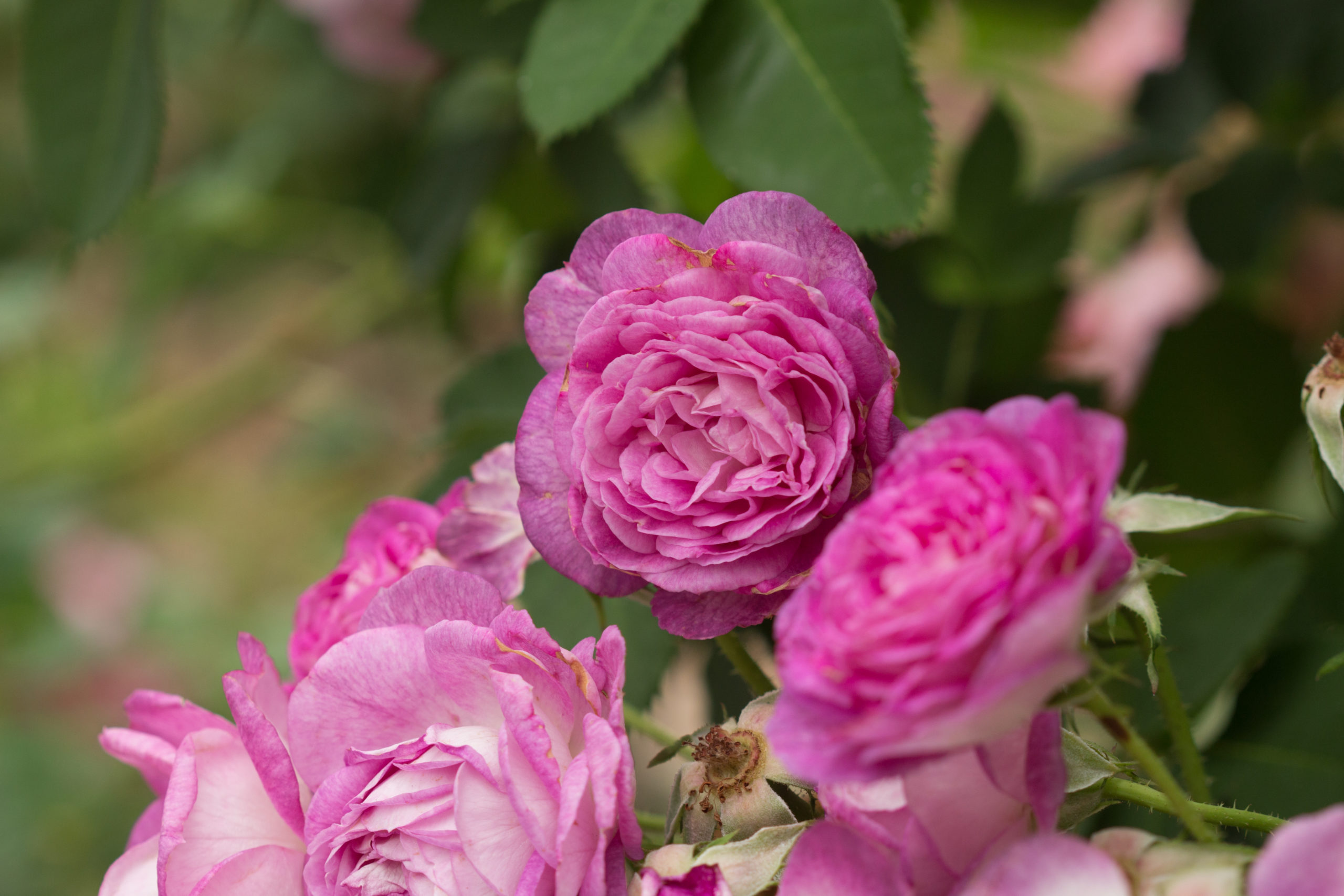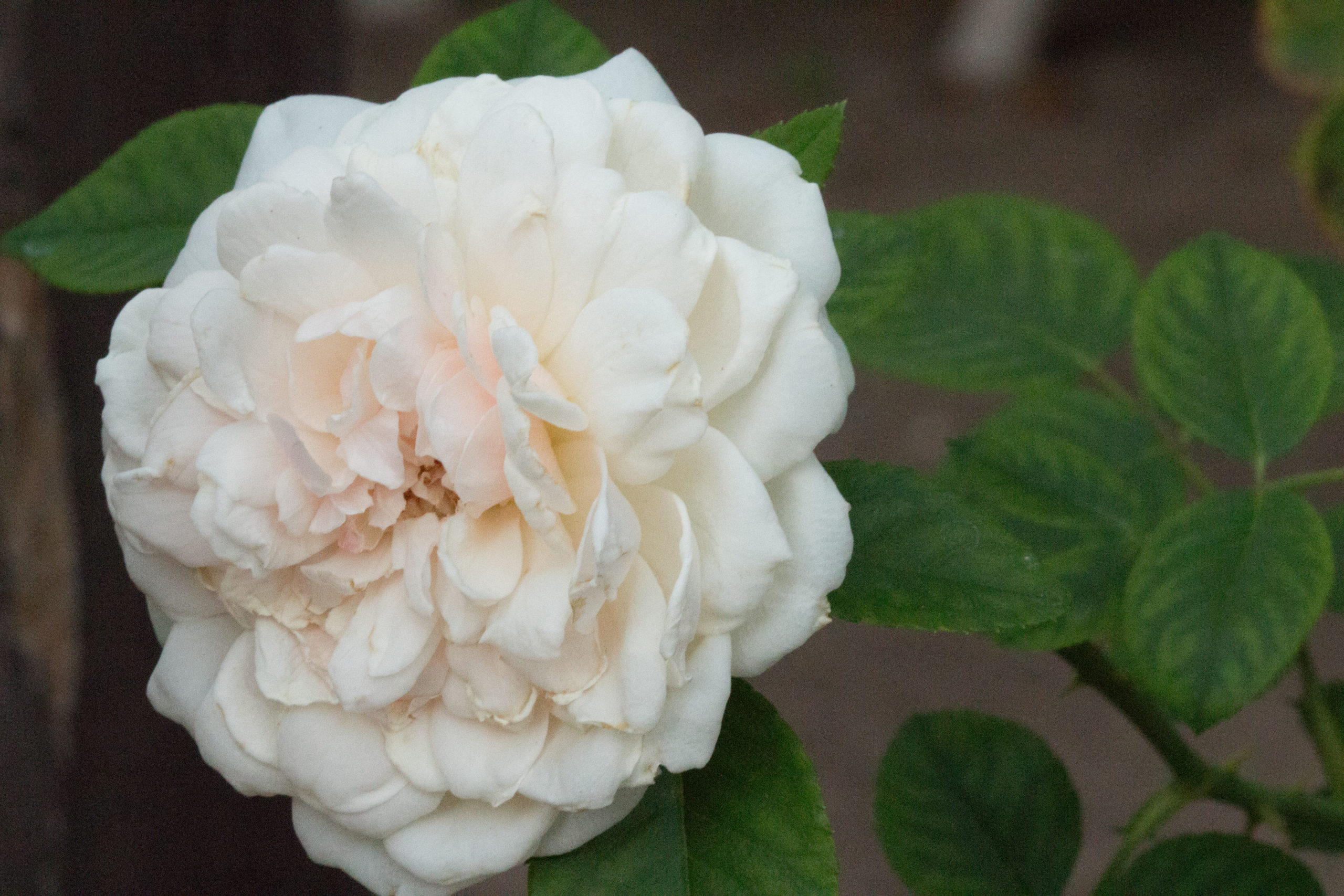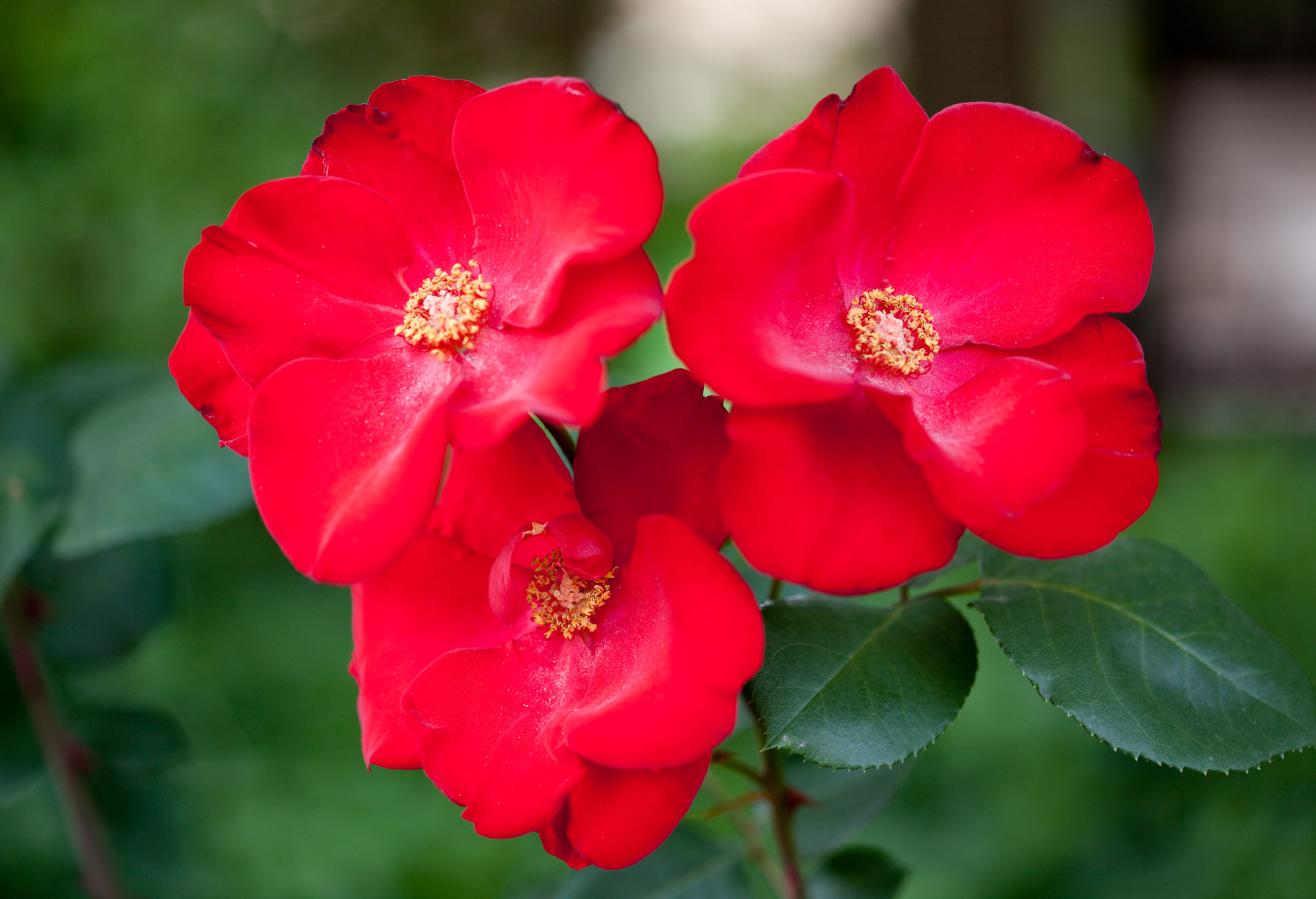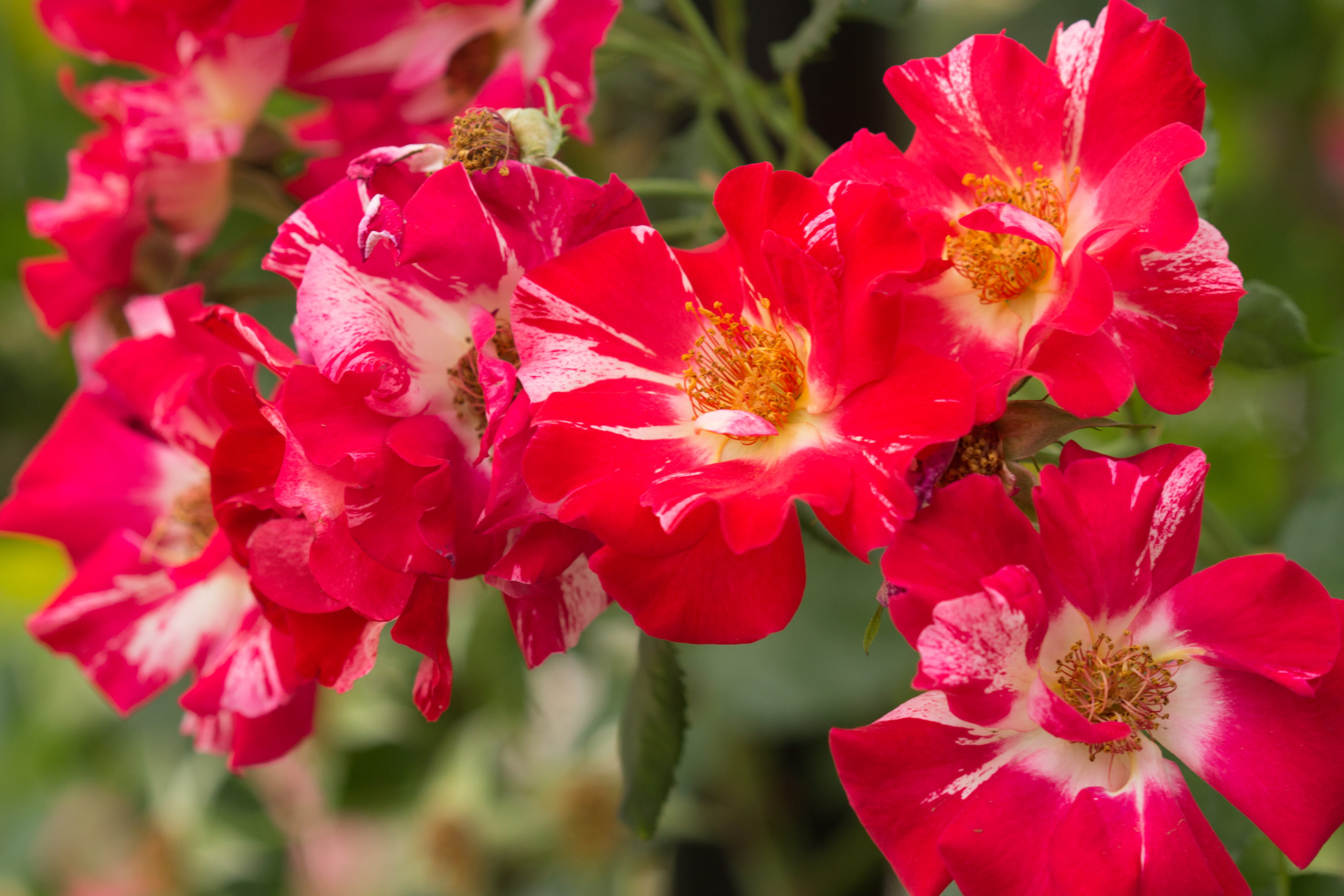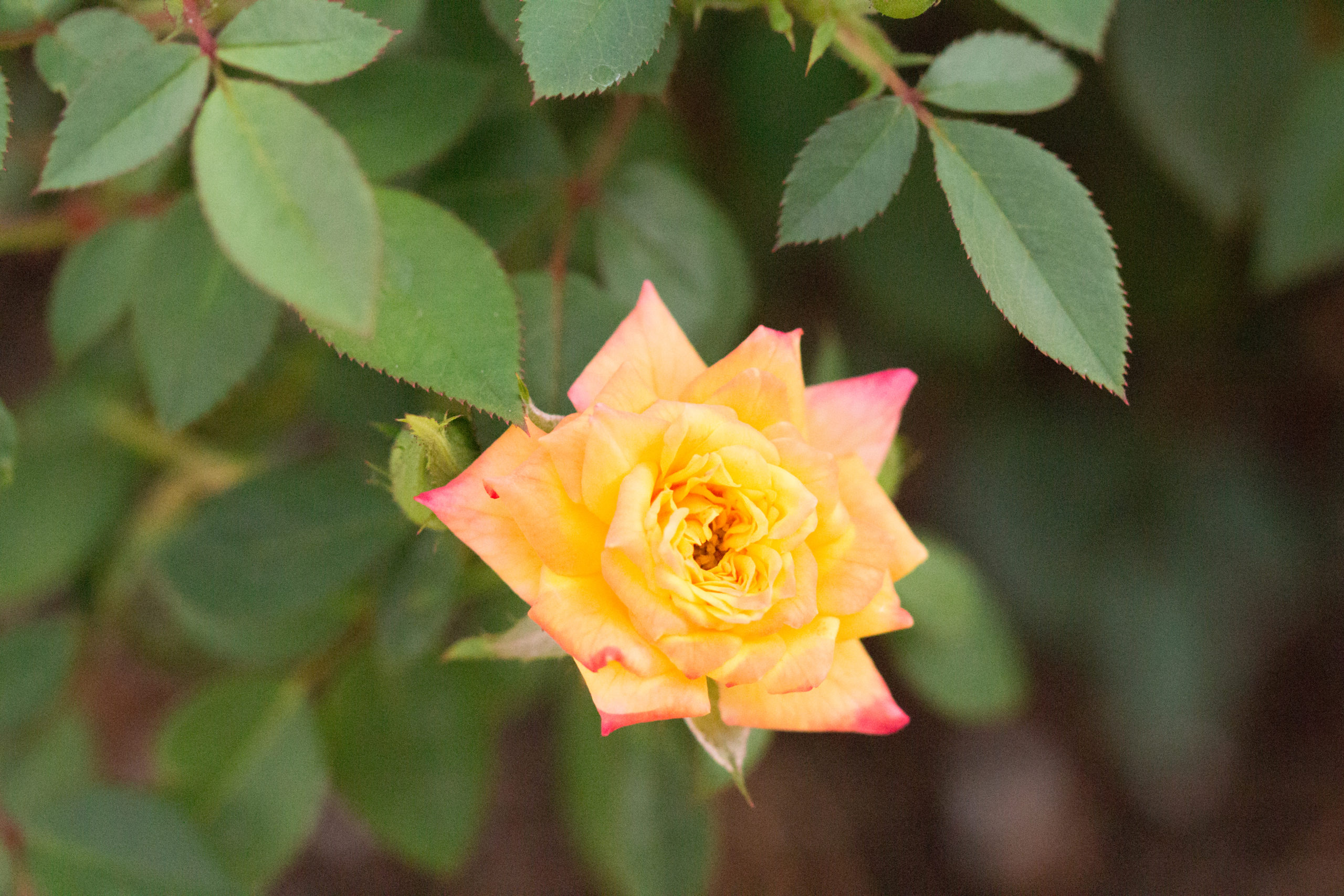GardenZeus Recommendations for Climbing Rose Varieties in California Zone 14
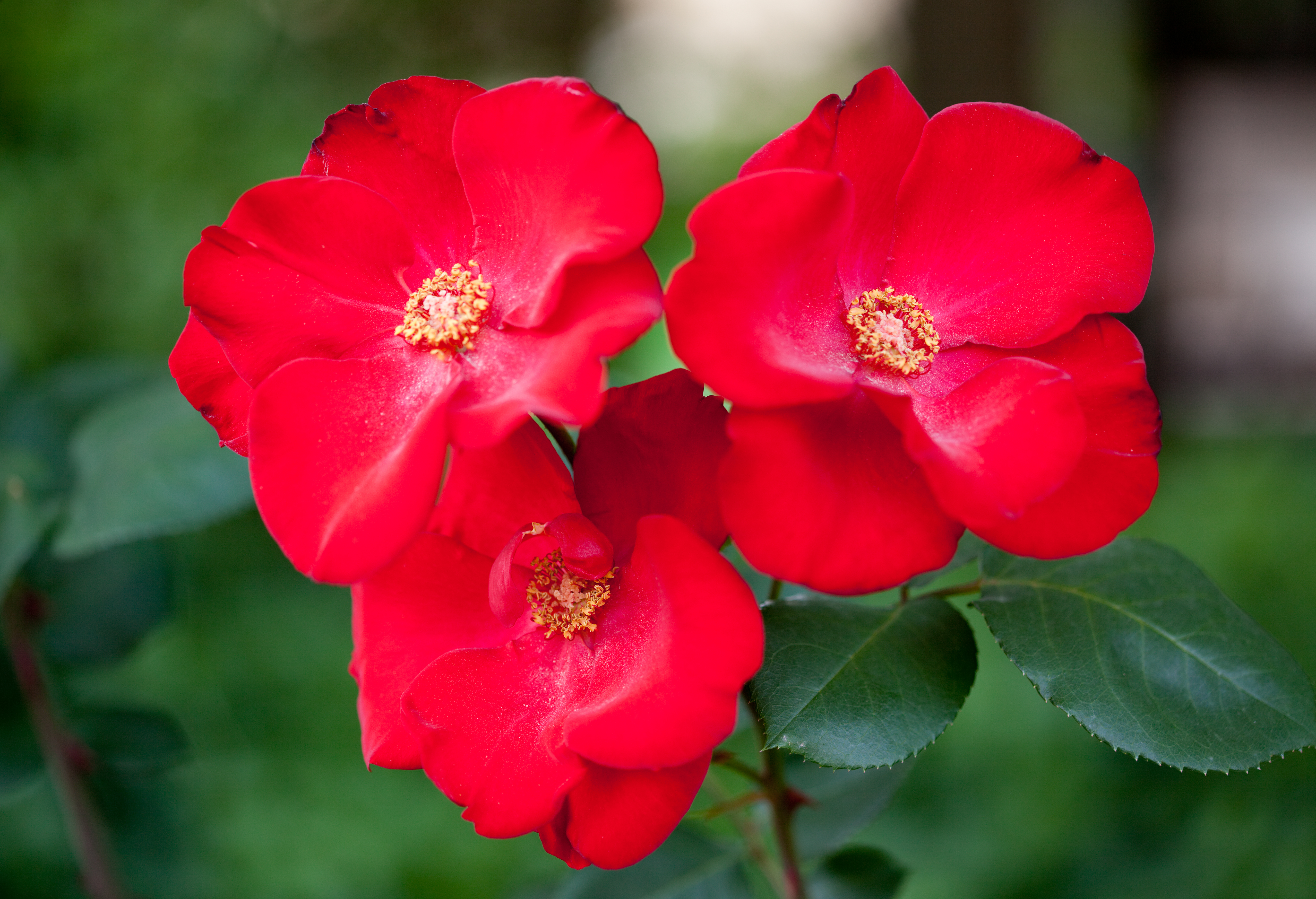
Climbers are characterized by their growth habit, producing long arching canes that can be attached to fences, walls trellises and other structures. They come in a wide range of flower colors, sizes and other characteristics. Except for Lady Banks Yellow, all of the below are repeat blooming but differ in many other important respects. Gardeners should be aware that unlike other climbing plants, such as pole beans, roses designated as climbers lack tendrils or any other natural means of attaching themselves to support; rather, these roses rely on the hand of the gardener for attachment.
Dainty Bess, Cl. (Climber Hybrid Tea, Cl., 1925). Long slim buds open to 4 inch single dusty pink blossoms of five petals surrounding maroon stamens bloom in clusters. Exceptionally long lasting flowers both on the plant and in bouquets. Ensure spent flowers are removed to encourage rebloom. Slight fragrance. Disease resistant.
The Wedgewood Rose (Shrub, 2009). Medium to large soft pink fully double cupped flowers with blush reverse. Growth is vigorous and forms a large shrub in England but in Southern California, it is grown as a climber. Plant grows to over 10 feet. Lovely clove fragrance. Almost completely disease free.
Lavender Crush™ (Shrub, 2016). This lovely, new shrub rose can be trained as a climber in Southern California’s mild climate. Medium-sized, old-fashioned flowers with lavender edges and cream reverses bloom in clusters on a plant that grows to 6 feet. Strong fragrance. Disease resistant.
Sombreuil (Large-Flowered Climber, unknown circa 1880). Exquisite creamy white flat quartered rosette flowers. Shade tolerant; prefers full morning light. Does not appreciate a hot afternoon wall as the flowers will burn. Thorny. Usually reaches at least 6 feet, but can grow up to 13 feet, making it a popular option for a hedge rose. Moderate tea or honeysuckle. Average disease resistance.
Altissimo® (Large-Flowered Climber, 1966). This vigorous plant boasts large true red velvet single flowers with ruffled petals and yellow stamens. Ideal on a wall facing the sun, but also tolerant of partial shade. Easy to grow and train. Grows to 13 feet. Little to no scent. Very disease resistant.
Fourth of July (Large-Flowered Climber, 1999). Velvety red and white large semi double striped blooms. Free flowering with big sprays of long lasting flowers. Tolerates both heat and cold. Vigorous plant grows fast to 10-14 feet or more. Light fruity scent. Excellent disease resistance.
Blaze of Glory (Large-Flowered Climber, 1932). The deep tropical orange semi double flowers with rose and red tones give this prolific bloomer its name. Hybrid tea shaped roses bloom all summer long. Does well in heat. Flexible stems are easy to train. Light musk fragrance. Disease free.
Lady Banks Yellow (Climbing SPECIES, Rosa banksiae lutea, 1824). Lady Banks blooms once in spring, producing a fantastic flower show that continues for many weeks. Profuse clusters of tiny double creamy lemon yellow flowers. This vigorous climber can grow to over 20 feet tall in year; ideal for covering a pergola. It takes over three years of growth until it blooms. Blooms on old wood; prune after flowering. Can be long lived and drought tolerant, but can also die in freezes. Slight sweet rose scent. Disease free.
Good Day Sunshine™ (Large-Flowered Climber, 2016) is a new addition to the yellow climbing rose category, with deep-yellow, medium-sized flowers on a plant that grows to 6 feet. Repeat blooming. Mild fragrance. Good disease resistance.
Rainbow’s End, Cl.™ (Climber, Miniature, 1998). Climbing version of the popular miniature rose. Small flowers open deep yellow, become tinged with red when grown in full sun, and fade toward pink with age. Plants produce flower displays in various color stages all at the same time. Plant grows to 12 feet. Reliable repeat bloomer. Light fragrance. Excellent disease resistance.
